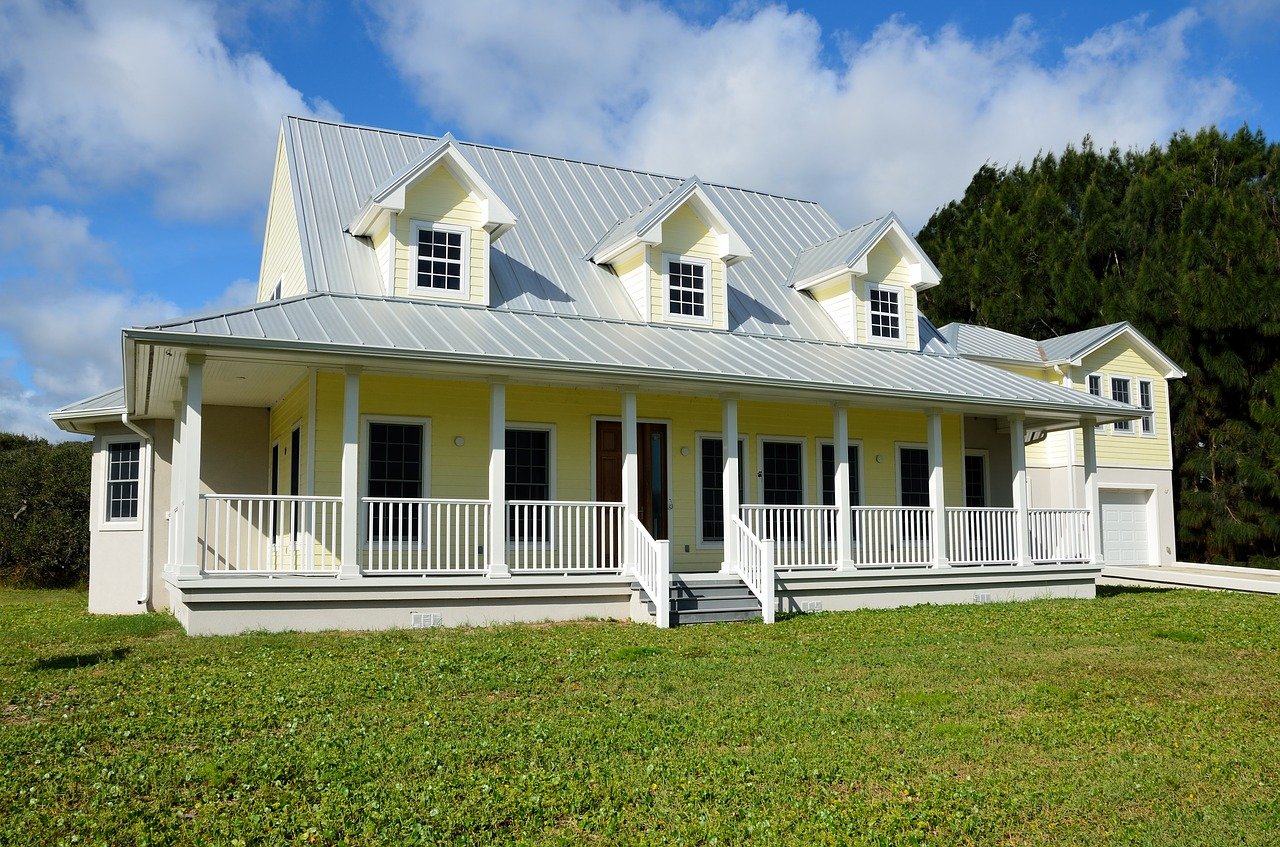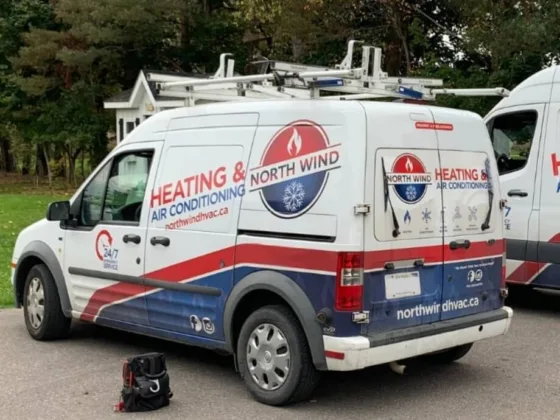The construction of houses has changed over the years. Due to technology, ideas, and also the availability of new materials many more different shapes designs and sizes have been made.
For a long time, most buildings in the modern world while not sharing the same looks, usually shared the same construction methods and materials.

Tried and trusted ways were continued with. However, as time went on people began to realize there weren’t as many benefits to the traditional house as they thought.
A new market began to develop, which has certainly come to the forefront of both builders and customers, the eco-house.
This is a home whose aim is to affect the environment as little as possible. The technology and materials used in construction lessen its energy demands.
Its carbon footprint will be minimal as opposed to a traditional house.
When designing a new home you can speak to professionals to help you make your home eco-friendly.
House designers like Clarence Homes will help you with an on-site system to make it easy to manage recycled waste.
Why Build an Eco-Friendly Home?
One of the benefits of building an eco-friendly home is that opposed to traditional homes they are a lot more energy-efficient.
Natural or renewable resources are used to convert and store energy. This allows the homeowner to control the amount of non-renewable energy used.
This can also have a direct influence on energy bills, in a good way! According to Blue Raven Solar: “Installing devices such as hot water pumps or solar panels may be a considerable outlay at the beginning but over time will prove their worth as a solid investment.”
Beneficial to both the environment and your pocket. These houses usually require less maintenance throughout the years.
This is because they are built using sustainable and durable materials. In this article, we will take a look at a few of these materials that have taken over from traditional ways of building a house.
Straw Bales
The insulating benefits of straw bales are renowned. Located in the attic, ceilings, and walls they can adjust to the temperatures outside, retaining warmth in the winter and vice versa.
Using straw has very little impact on the environment as it can be harvested and re-planted easily thus making it a very sought after material by people considering an eco-home.
Read Also:
Sheep’s Wool
Another material with famous insulating qualities, sheep’s wool has been used in clothes wear for years.
So, why not houses? After shearing sheep, their coat will grow back, thus providing a steady supply. Again, this can be located in ceilings, attics, and walls.
It is very easy to install. It is completely environmentally friendly as it is natural.
Bamboo
Another material in demand is bamboo, becoming steadily more popular in construction use. It grows quickly, making it viable as opposed to trees which could take years to be at production levels.
Bamboo can be found all over the world which also boosts access and cuts costs such as transport.
Wood
There are quite a few reasons why wood remains popular as a choice for an eco-home. It is a completely natural material.
It can be re-planted and regenerates itself. It is strong and durable.
Shipping Containers
There are millions and millions of shipping containers across the globe and it is a true waste of resources.
Yes, they are very practical during their working life but typically only have a 15-20 year lifespan at which point they are discarded or scrapped.
They do have other uses, many people are now buying these containers and converting them for home use.
Cheap and usually in good condition they are being used by architects and home designers as an alternative to conventional non-eco-friendly home design.
Solar Energy
Solar energy has come on in leaps and bounds recently, the price has also gone down as the demand and availability have increased.
With today’s technology, we no longer need to have extremely large solar panels mounted on the roof or in the garden.
Today many products exist that mirror and copy standard roof tiles, this is more aesthetically pleasing. Solar panels and the energy they collect and store have many applications for the home.
From using your solar panels you can reduce your carbon footprint, heating the home and by having the system integrated into the electronics of your home you will also over a short period notice your electric bills going down and have the sense that you are making a difference to the fragile ecology with which we live.
It is satisfying to live in a home and be surrounded knowing that you are making a difference to the future of the planet and future generations within your very own eco-house.









